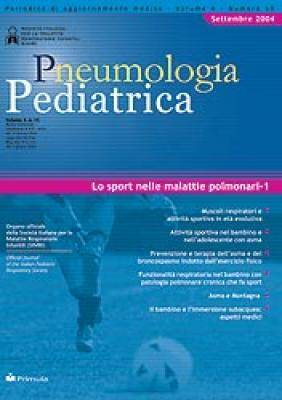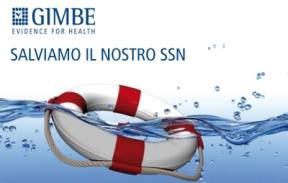Archivio > Vai alle uscite del 2004 > Vai aVolume 4, Numero 15 - Settembre 2004
- Lo sport nelle malattie polmonari-1
Asma e Montagna Altitude and Asthma

Riassunto. In questo lavoro viene esaminato l’effetto dell’esposizione al clima di montagna per i pazienti asmatici in modo da orientare il clinico circa i consigli da dare al paziente relativi alla terapia ed allo stile di vita. Il clima d’alta quota presenta infatti delle caratteristiche che possono interferire con la patologia asmatica: anche se la maggior parte degli effetti dell’alta quota è dovuta all’ipossia anche la ridotta umidità, il freddo e l’inevitabile esercizio fisico possono agire sull’iperresponsività bronchiale. A quote medie (1.500-2.000 m) l’effetto maggiore è dato dalla riduzione dell’esposizione ad allergeni ed inquinamento con riduzione dell’entità dell’infiammazione bronchiale e quindi dell’iperresponsività delle vie aeree.Verranno poi esaminati gli effetti dell’esposizione a quote più elevate dove l’ipossia è più marcata e verranno esposte le raccomandazioni che gli asmatici devono seguire per andare in montagna in sicurezza.
Summary. The aim of this paper is to review how pre-existing asthma can be affected by altitude exposure, in order to provide clinicians with a deeper insight and tools for optimising the medical condition and thus lifestyle of these patients. Exposure to high altitude can greatly affect patients with asthma who have specific problems when exposed to different climatic conditions. Although most of the effects of high altitude are due to hypoxia, other atmospheric and climatic conditions can affect respiratory function and bronchial hyper-responsiveness in asthmatic subjects. At altitude, temperature, humidity and density of the air decrease with ascent; furthermore a physical effort is often required to climb. All these factors may worsen asthma. At 1.500-2.000 m hypoxia is not severe, and the main effect is the reduction or absence of pollen, house dust, mite and environmental pollution which can play a pivotal role in reducing the bronchial inflammation underlying airway hyper- responsiveness. At higher altitudes the hypoxia is more severe and the effect on bronchial hyperresponsiveness will be reviewed. Recommendations for a safe exposure of asthmatic patients at altitude, will also be discussed.






